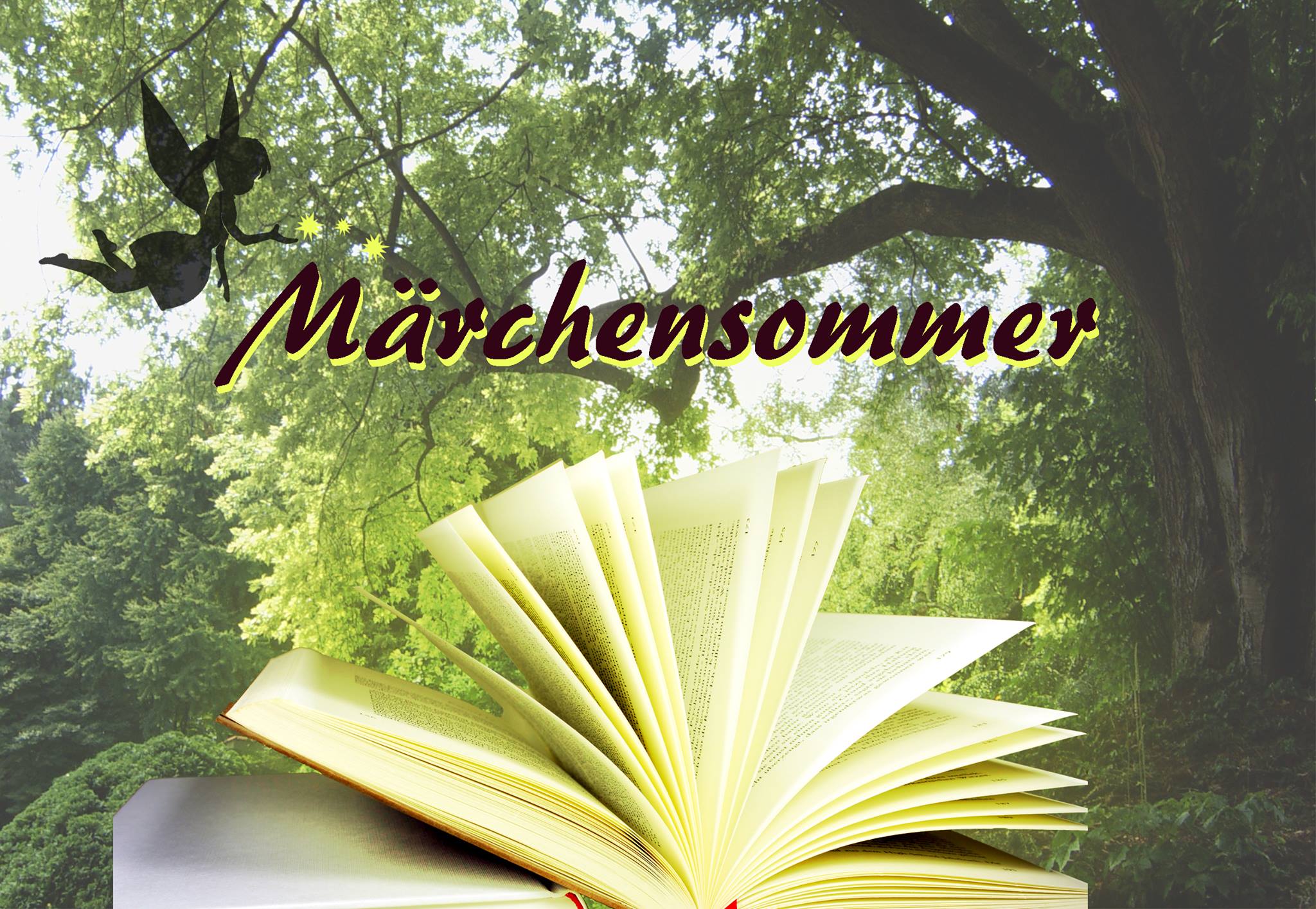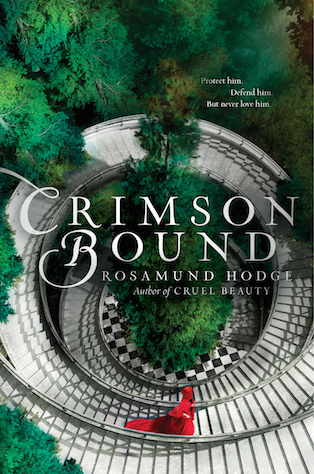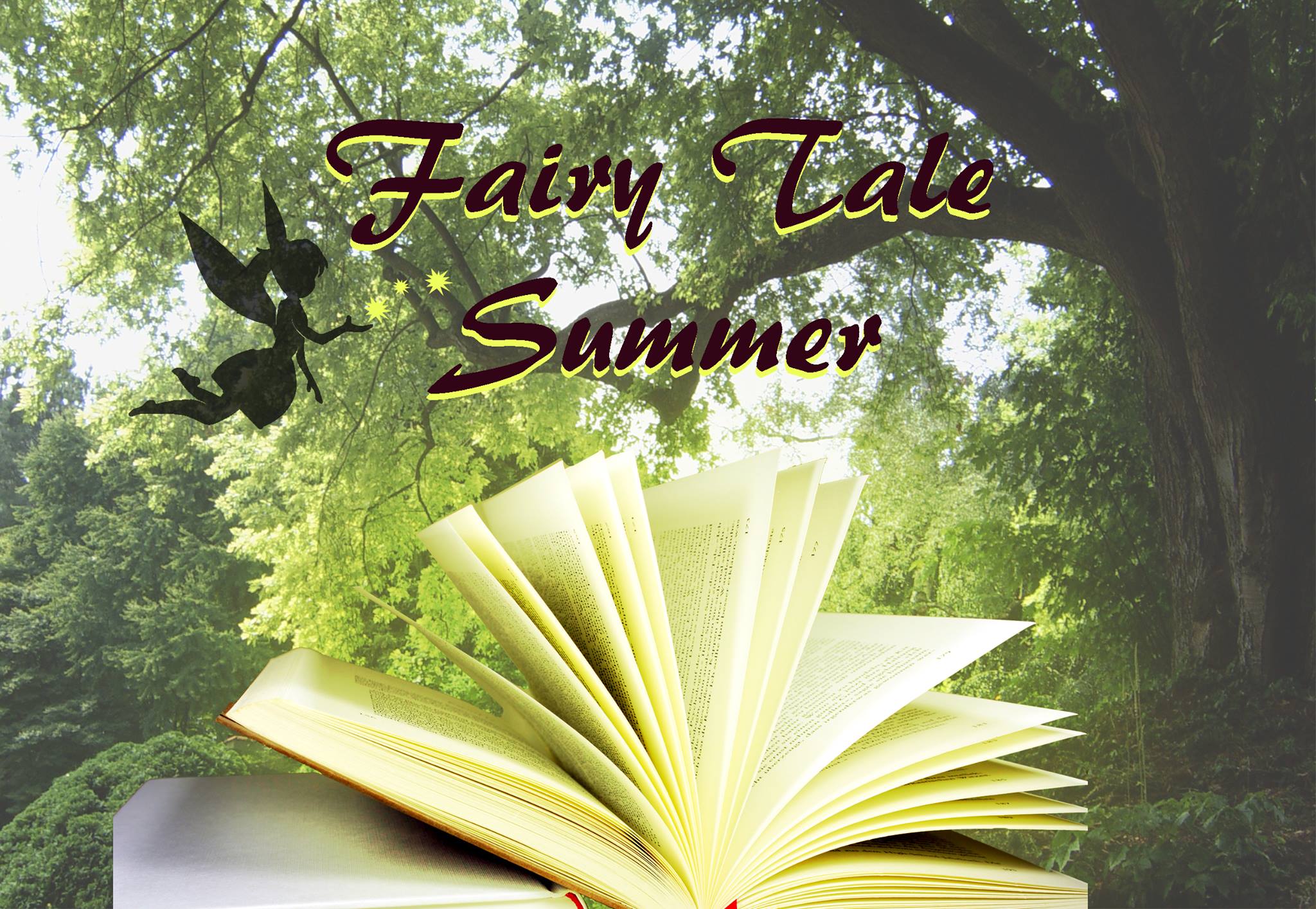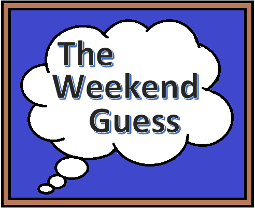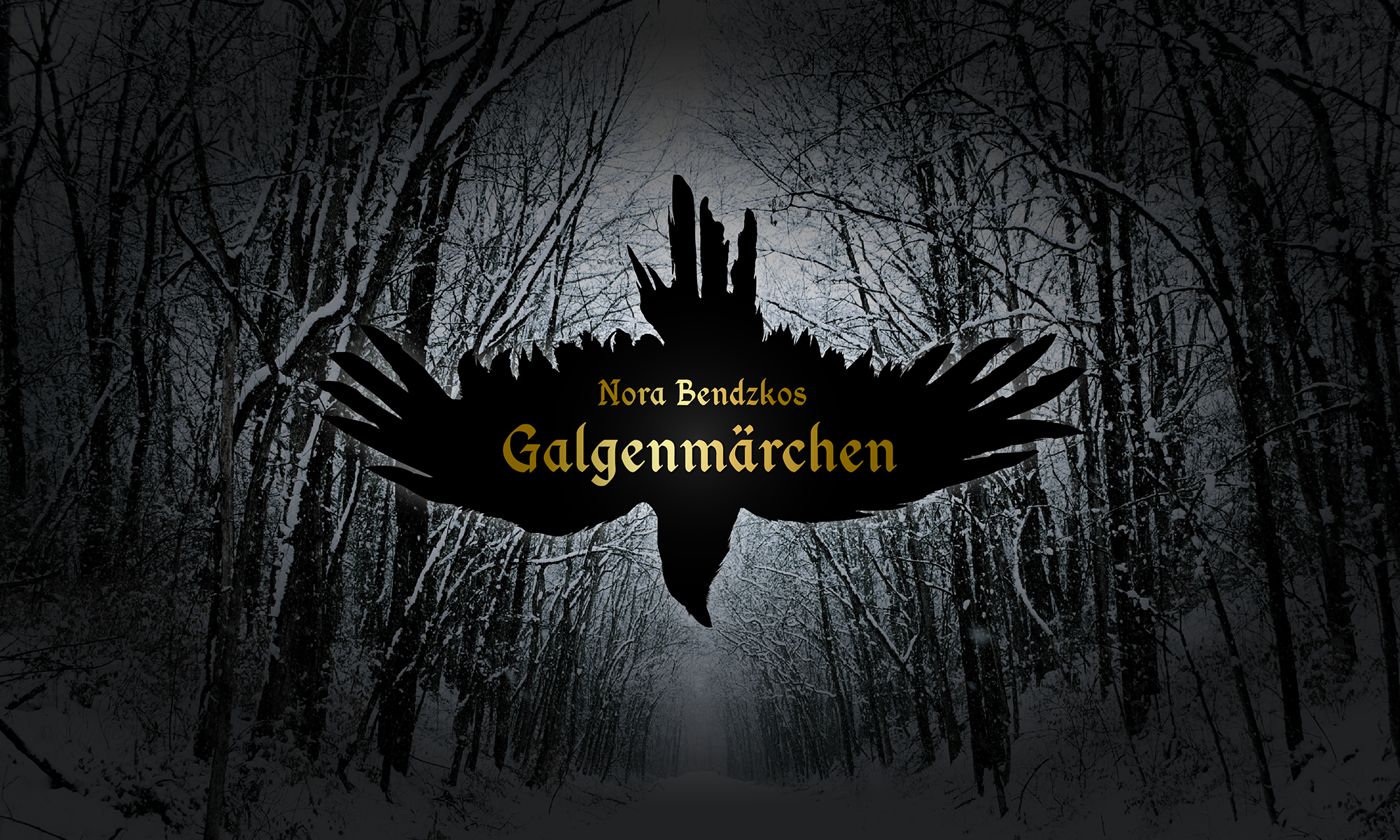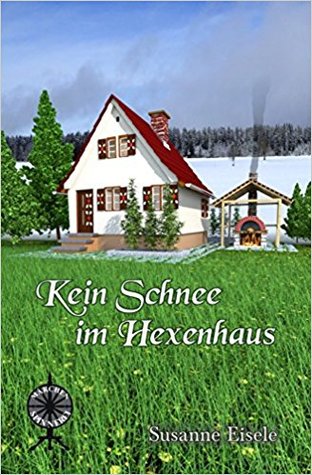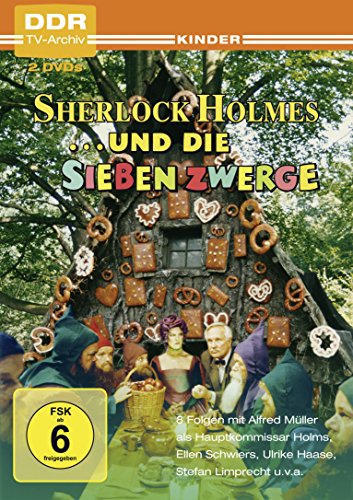Read in English
Im Rahmen des Märchensommers gibt es heute einen Gastbeitrag von Hannes „InGenius“ Laumeier zum Chen in Deutschen Märchen oder in anderen Worten:
Diminutive in deutschen Märchen
Was haben Schneewittchen, die sieben Geißlein und Rumpelzstilzchen gemeinsam?
Die Gebrüder Grimm schrieben ihre Märchen auf, natürlich. Wichtiger jedoch: alle drei sind Diminutive. Von den insgesamt 155 Titeln der ersten beiden Bände enthalten etwa 25% Diminutive. Das heißt, ein Viertel der wichtigsten Figuren hat ein -chen oder -lein an seinem Namen hängen. Ist das nicht merkwürdig viel? Selbst dem Wort Märchen hängt ein -chen dran. Zufall?
Der Linguist klärt auf.
Das Chen im Deutschkurs
Diminutiv ist das Fachwort für grammatische Verkleinerung. Möchte man einem Wort im Standarddeutsch den Sinn von klein oder süß geben, hängt man die Suffixe1 -chen, -lein oder -i (bei Namen) an; Kürzung des Wortes oder Silbenverdopplung ist ebenfalls möglich2. So wird „Doris“ zu „Dodo“ und „Baum“ zu „Bäumchen“ oder „Bäumlein“. Manchmal verdrängt der Diminutiv die Hauptform, denn „Mädchen“ beispielsweise steht im Lexikon, das Ursprungswort „Magd“ ist heute nur noch eingeschränkt in Benutzung.
Fun fact: Diminutive sind immer sächlich, falls sich jemand schon immer über „das Mädchen“ gewundert hat.
Das Chen im Alltag
Im Deutschen nutzen wir Verkleinerungsformen für eine Reihe verschiedener Kontexte, die je nach Dialekt weniger oder stärker ausgeprägt sein können. Im Allgemeinen gilt, dass mithilfe von Diminutiven kleine oder junge Menschen angesprochen werden: zum Beispiel ein Kind von drei Jahren wird man eher „Hänschen“ statt „Johannes“ nennen, dazu gehören auch Koseformen wie „Hansi“ oder „Dodo“. Ebenso nennen wir kleine oder junge Tiere eher „Hündchen“ und „Katerchen“ und „Kaninchen“ (noch so ein Diminutiv im Wörterbuch), statt sie bei ihrem großen Namen zu nennen. Gilt auch für Pflanzen, wer sich für den Unterschied zwischen Gänseblümchen und Sonnenblume interessiert.
Von den Anredeformen abgesehen werden Diminutive auch genutzt, um kleine Gegenstände innerhalb einer Klasse von Gegenständen zu benennen, beispielsweise „ein Häppchen Stampfkartoffeln“ im Vergleich zur Gesamtmenge der Kartoffeln im Topf. Dies kann man natürlich ironisch Nutzen und Untertreibungen deutlich herauskehren, wenn man sagt „Wir haben da ein kleines Problemchen“, während das Haus in Flammen steht.
Als dritter großer Aspekt werden Diminutive auch verwendet, um Wertungen zu verdeutlichen. Ein -chen ist von minderem Ansehen oder minderem Wert, eben kleiner als sein normales Gegenstück. Ein Schiffchen ist weniger beeindruckend als ein Schiff und ein Bärchen ist weniger gefährlich als ein Bär. In jedem diminuierten Wort steckt eine Wertung, was auch immer bezeichnet wird ist klein und süß und deswegen wenig ernst zu nehmen.
Es ist offensichtlich, die generellen Aspekt von Kleinheit und Süße in Diminutiven führen zu all diesen Anwendungen. Davon ebenfalls beeinflusst aber auf die andere Seite der Münze geschaut, ist der Gebrauch von Diminutiven in Bezug auf den Hörer. Substantive und Eigennamen werden in einer Sprache, die an Kinder oder geliebte Personen gerichtet ist, eher und mehr verkleinert als beispielsweise in einer Unterhaltung mit dem Bundespräsidenten. All die erklärten Wertungen und Assoziationen mit -chen und -lein drücken ein familiäres Gefühl aus, entweder für das diminuierte Wort oder für den Gesprächspartner.
Das Chen im Wörterbuch
Mit all diesem Wissen über Diminutive ausgerüstet können wir uns nun den Märchen zuwenden. Das Wort selbst ist bereits ein Diminutiv, wie uns das -chen signalisiert. Mære bedeutete im Mittelhochdeutschen so viel wie Erzählung oder Sachverhalt3 and mærelīn bedeutet Geschichtchen oder Erdichtetes. Der Diminutiv macht aus der normalen Erzählung mit Wahrheitsgehalt eine süße und kleine Geschichte, die weniger wahr und damit weniger ernst zu nehmen ist.
Heutzutage verstehen wir unter Märchen eine auf mündlicher Überlieferung beruhende, kurze Erzählung, oft mit fantastischen und wunderbaren Begebenheiten. Die Eigenschaften des Diminutivs sind immer noch aktiv: es ist eine kleine Erzählung und sie ist weniger ernst zu nehmen.
Jetzt wissen wir, warum der Gattungsbegriff ein Diminutiv ist. Warum nun kommen so viele verniedlichte Namen in Märchen vor?
Das Chen in Mären
Häufig sind die Namen der Figuren mit einem -chen oder -lein versehen, weil die Figur ein Kind ist. Rotkäppchen, Schneewittchen, Hänsel und Gretel4 sind alle keine Erwachsenen und werden nicht wie Erwachsene behandelt, natürlich werden sie dann auch nicht wie Erwachsene angesprochen. Die sieben Geißlein sind nicht einmal Menschen, aber mithilfe der verniedlichten Anrede geht die Identifikation leichter, klein und süß kennt jeder.
Zwischenfrage: Warum haben Rotkäppchen und Schneewittchen und Dornröschen keine richtigen Namen?
Keinen wundert es, wenn die kindlichen oder tierische Figuren in Märchen mit verniedlichten Anreden angesprochen werden. Spitznamen nutzen wir jeden Tag. Wie sieht es nun aber mit Gegenständen wie dem Tischlein in Tischchen deck dich, Goldesel, und Knüppel aus dem Sack aus? Hier beschreibt er einen kleinen Gegenstand in einer Klasse von Gegenständen. Es ist nur ein kleiner Tisch, eben ein Tischchen. Zusätzlich ist es nicht irgendein Tisch, sondern ein spezieller, nämlich magischer Tisch. Diese Besonderheit wird betont, wenn man dem Tisch quasi einen Spitznamen gibt: Tischlein.
Auch haben wir gelernt, dass mithilfe des Diminutivs Ironie und Wertung deutlich wird. Dies kann man beispielsweise im Namen des Rumpelzstilzchens finden. Rumpelstilzchen ist dem Wort nach ein kleines Wesen, das Stelzen (z. B. Tischbeine) rumpelt, also rüttelt. Das ist wahrlich kein angsteinflößender Name für ein Wesen, das so mächtig ist Gold machen zu können und so böse ist Kinder zu stehlen. Der Diminutiv hilft, die Macht von Rumpelstilzchen zu untergraben und ihn klein und niedlich, eben schwach erscheinen zu lassen. Einem Happy End steht nichts mehr im Wege.
Am wichtigsten ist jedoch, an wen sich die Märchen richten. Wer ist das Publikum dieser kleinen Erzählungen? Kinder natürlich. Die Gebrüder Grimm haben ihre Sammlung Kinder- und Hausmärchen mit bedacht benannt. Im Alltag sprechen wir mit Kindern anders als mit Erwachsenen, das gilt auch wenn wir ihnen Geschichten erzählen. Die Inhalte sind anders, die Erzählstruktur ist anders, die Figuren sind anders aufgebaut und natürlich ist die Sprache anders. Diminutive helfen, das Schreckliche weniger schrecklich aussehen zu lassen, die magischen Gegenstände einmaliger zu machen und die Figuren dem Leser näher stehen zu lassen, denn sie sind klein und süß und damit ebenso unschuldig wie das Kind, dem die Geschichte erzählt wird.
Die Figuren in den Märchen der Gebrüder Grimm tragen zu 25% Diminutive als Namen, damit die Sprache kindgerecht ist und damit die Guten unschuldig und die Bösen weniger furchterregend klingen. Der Diminutiv ist ein nützliches Mittel, um Kleinheit und Süße zu vermitteln und so kann eine Bandbreite verschiedener Bedeutungen leicht verständlich erzählt werden.
1 Suffix ist eine Nachsilbe, die der Wortbildung und der Flexion dient: -heit, -kein, -lich, -bar etc.
2 Deutsche Dialekte haben noch andere Suffixe und weitere Möglichkeiten zur Verkleinerung, die ich der Komplexität wegen ausspare.
3 Mære, mâre hat viele Bedeutungen von Erzählung über Tatsache und Ereignis bis hin zu Gerücht und Vorwurf; meist ist ein gewisser Wahrheitsgehalt des Gesagten anzunehmen.
4 Rotkäppchen wird als kleines Mädchen beschrieben; Schneewittchen ist sieben Jahre alt, als der Jäger sie töten soll; Hänsel und Gretel werden als Kinder bezeichnet.
Literatur
- Grimm (2007): Kinder- und Hausmärchen. Text und Kommentar, ges. durch die Brüder Grimm. Frankfurt am Main
- Henning (2007): Kleines Mittelhochdeutsches Wörterbuch. Tübingen
- Lewandowski (1985): Linguistisches Wörterbuch. Heidelberg/Wiesbaden
- Nekula (2003): System und Funktionen der Diminutive. Kontrastiver Vergleich des Deutschen und Tschechischen. In: Brücken NF 11, 145-188
Der Gastautor:
In Greifswald studierte Hannes Laumeier Sprachwissenschaft und trat mit dem Autorenverein GUStAV zu Lesungen auf. Das Publikum lachte, weinte und staunte mit seinen Kurzgeschichten. Er schreibt von Problemen der Liebe und des Alltags, von Mythen, Magie und Tod, von fremden Kulturen und Sprachen. Sein Lieblingszitat ist: „Habe keine Angst vor der Perfektion: du wirst sie nie erreichen.“ (Salvador Dalí)
Homepage: Tintenlöwe
Twitter: @Ingenius11
PoiSonPaiNter
_________________________________
Lies auf Deutsch
The Tale of Chen
As part of the Fairy Tale Summer you get a guestpost by Hannes „InGenius“ Laumeier, today, about the Chen in German Fairy Tales or in other words:
Diminutives in German fairy tales
What do Snow white, the seven young goats and Rumpelstiltskin have in common?
The Brothers Grimm wrote down their fairy tales, of course. More importantly though: all three have diminutives as their original German name. Of the altogether 155 tales of the first two volumes about 25% contain diminutives. This means, about a quarter of the most important characters have a -chen or -lein in their names. Seems oddly much, doesn’t it? Even the German word for fairy tale, Märchen, has a -chen. A fluke?
A linguist explains.
The Chen in grammar school
Diminutive is a linguistic term, describing how a word changes its form to convey a sense of smallness or endearment additional to its original meaning. If you wanted to add this sense of smallness or endearment to a word in Standard German, you could use a suffix1 like -chen, -lein or -i (with proper names); shortening the word or reduplicating its main syllable also works2. For example, ‚Doris‘ might change to ‚Dodo‘ and ‚Baum‘ [tree] might change to ‚Bäumchen‘ or ‚Bäumlein‘. Sometimes those diminutives can replace the original word in the dictionary, like ‚Mädchen‘ [literally ‚little girl‘] whereas the original word ‚Magd‘ [formerly ‚girl‘, nowadays ‚maidservant‘] only retains limited usage.
Fun fact: Diminutives in German are always neuter, if anyone ever wondered why it’s ‚das Mädchen‘.
The English language does not really use diminutives. There is the possibility of adding a suffix -i/-y to proper names, e. g. ‚Thomas‘ and ‚Tommy‘, but the language usually shortens the word or just puts ‚little‘ and ‚young‘ in front of it.
The Chen in everyday conversation
The German language uses diminutives in a variety of different contexts, depending on the dialect this might be more or less distinct. In general, diminutives are used to address young or small people: a child of three years will probably be called ‚Hänschen‘ instead of ‚Johannes‘, including affectionate forms like ‚Hansi‘ or ‚Dodo‘. Likewise, we call a young animal ‚Hündchen‘ [puppy-dog] and ‚Katerchen‘ [male kitten] and ‚Kaninchen‘ (another diminutive in the dictionary) [rabbit] as opposed to calling them by their grown-up names [Hund, Kater, Kanin]. The same also goes for plants, if anyone ever wondered what the difference between a ‚Gänseblümchen‘ [daisy] and a ‚Sonnenblume‘ [sunflower] was.Besides addressing diminutives are also used to name a small object within a class of objects, for example ‚ein Häppchen Stampfkartoffeln‘ [a small bite of mashed potatoes] in comparison to the total quantity of potatoes in the pot. Of course this can be used ironically and to explicitly mark understatements, when somebody says ‚Wir haben da ein kleines Problemchen‘ [we’ve got a small hiccup] while the house is on fire.
The third big aspect of diminutives is how they are used to convey judgment. A -chen is of inferior standing and less worth, precisely because it is smaller and more endearing than its normal counterpart. A ‚Schiffchen‘ is less impressive than a ship and a ‚Bärchen‘ is less dangerous than a bear. Every diminutized word carries this judgment, whatever you describe now is small and endearing and therefore less serious.
It is quite obvious that the general aspects of smallness and endearment result in these practices. This also influences another site of this coin, specifically the usage of diminutives relating to the listener. In a language aimed at children or beloved people nouns and proper names are ever so likely to be diminutized, much less if you were to speak with the President. All these explained uses and associations of the diminutives -chen and -lein express a feeling of familiarity with the subject or dialog partner.
The Chen in the dictionary
Equipped with all this knowledge about diminutives let’s dive into the subject matter at hand: fairy tales. The German word ‚Märchen‘ already is a diminutive, it has the suffix -chen. Mære in Middle High German means something along the lines of narration or news3 and mærelīn means small story or something fictional. The diminutive converts a normal narrative with validity into a small, cute story, which is less true and therefore less serious.
Nowadays, Märchen are short stories from oral tradition, often relating fantastical and marvelous events. The qualities of the diminutive are still active: it’s a small story and it’s less serious.
Now we know why the generic term in German is a diminutive. But why are so many diminutized names present in German fairy tales?
The Chen in fairy tales
Often a character’s name will have a -chen or -lein, because that character is a child. Little Red Riding Hood, Snow White, Hansel and Gretel4 all aren’t adults and they’re not treated like adults, of course they won’t be addressed as such either. The seven young goats aren’t even human, but it’s easier to identify with them by using an endearing address, everybody knows small and cute.
Interjection: Why do Little Red Riding Hood, Snow White and Sleeping Beauty not have real names?
No one is really surprised that a childlike or animal character in a fairy tale has a cute name. We all use nicknames every day. But how about objects like the table from The Wishing-Table, the Gold-Ass, and the Cudgel in the Sack? In German, it’s called both ‚Tischchen‘ and ‚Tischlein‘, so the diminutive seems fairly important here. First of all, the diminutive describes a small object within a class of objects: it’s just a small, little table and as mentioned before, in German that is called a ‚Tischchen‘ or a ‚Tischlein‘. Secondly, it is not any regular old table, but a very special, even magical table. This distinctive feature is emphasized by giving it a quasi nickname.
We also learned that diminutives can convey irony and judgment. Let’s look at Rumpelstiltskin as an example. Rumpelstiltskin or Rumpelstilzchen, as we Germans call him, is etymologically a small being that ‚rumpelt an Stelzen‘ or rumbles at stilts (like tables legs). Neat how that worked out in English, too. That is truly no scary name for a being, that is powerful enough to make gold and evil enough to steal children. The diminutive helps to undermine Rumpelstiltskin’s power and makes him look small and weak, almost cute. Nothing gets in the way of a happy ending here.
It’s more important however, who the intended audience is. The answer is: children, of course. The Brothers Grimm called their collection Children’s and Household Tales for a reason. We speak to children differently in everyday life than to adults, this holds true for stories as well. The content is different, the structures are different, the characters are build differently and of course the language is different. Diminutives help, that the scary looks less scary, that the magic objects are one of a kind and that the characters are closer to the reader, since they are small and cute and just as innocent as the child, we’re telling the story to.
The characters in the fairy tales written down by the Brothers Grimm have diminutives as their names 25% of the time to make the language more suitable to children and to make the good look more innocent and the evil less fearsome. The diminutive is a handy tool to convey a sense of smallness and endearment and this makes a scope of different meanings more accessible.
1 A suffix is a small syllable put after the stem of a word and is used for word formation or inflection: -ism, -ing, -ize, -able etc.
2 German dialects have all sorts of suffixes and other means to convey a sense of smallness or endearment, but this is already complex enough.
3 Mære, mâre has many meanings from narration to facts to event to rumor and allegation; mostly there is an assumption of validity.
4 Little Red Riding Hood is described as a small girl; Snow White is seven years old, when the huntsman tries to kill her; Hansel and Gretel are called children.
Literature
- Grimm (2007): Kinder- und Hausmärchen. Text und Kommentar, ges. durch die Brüder Grimm. Frankfurt am Main
- Henning (2007): Kleines Mittelhochdeutsches Wörterbuch. Tübingen
- Lewandowski (1985): Linguistisches Wörterbuch. Heidelberg/Wiesbaden
- Nekula (2003): System und Funktionen der Diminutive. Kontrastiver Vergleich des Deutschen und Tschechischen. In: Brücken NF 11, 145-188
The Guest-Author:
Hannes Laumeier studied linguistics in Greifswald and performed readings with the author association GUStAV. The audience laughed, cried and marveled at his short stories. He writes about the problems of Love and everyday life, about myths, magic and death, about foreign cultures and language. His favourite quote is: „Don’t fear perfection: You will never reach it.“ (Salvador Dalí)
Homepage: Tintenlöwe
Twitter: @Ingenius11
PoiSonPaiNter
